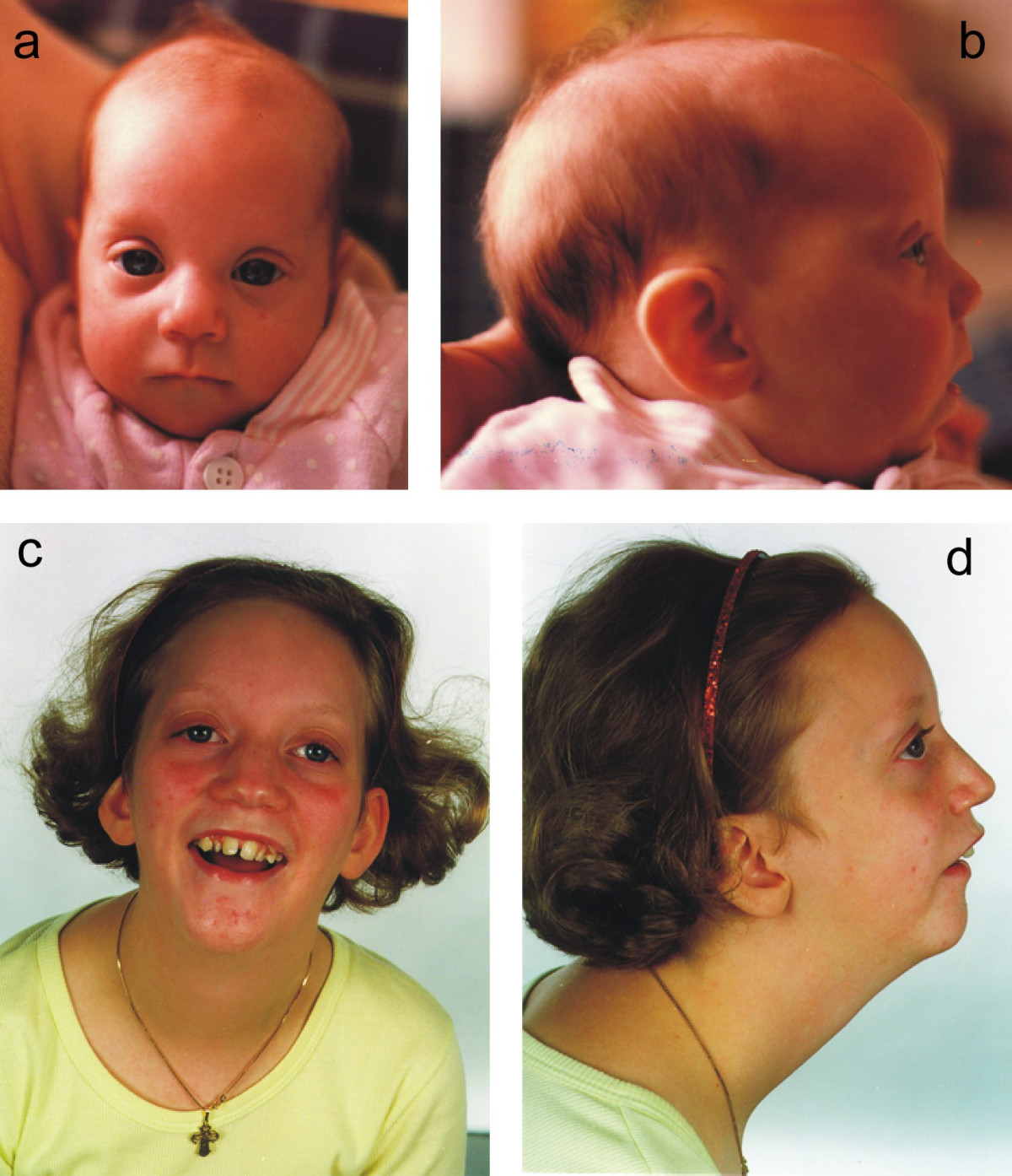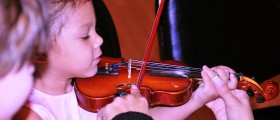
Mild Mental Retardation
Mental retardation represents a generalized psychological disorder that features with damaged cognitive functioning and decrease in two or more adaptive behaviors. The problems fully develop by the age of 18. In the beginning scientists used to pay attention only to problems with cognition while now they also take individual's functional skills in consideration.
Mild mental retardation is sometimes misunderstood and commonly neglected. This particularly refers to mild mental retardation in children. In children this condition is also known as mild intellectual disability. Children are most affected by learning disability and they are functioning two to four years behind their peers. IQ of these children is below 70 or 75. This condition can be easily noticed by well-experienced teachers and school counselors.
Children suffering from mild retardation may function in normal classroom conditions. They simply require a few modifications and adjustments. Even though it may require more time and more effort, they can even master a specific subject with extra help and attention.
Recognizing a Student Suffering from Mild Mental Retardation
Teachers may assume that a child is suffering from mild mental retardation. However, this can be only confirmed by certain tests and assessments. IQ testing is only one of the tests. Additional tests include adaptive skills, cognitive tests in various fields and skill- based tests. Mild retardation does not cause specific behavioral symptoms which might be helpful in setting of the diagnosis.
Characteristics of Mild Mental Retardation
As mentioned above, the child is obviously 2 to 4 years behind in cognitive development comparing to his/ her peers. This refers to all segments such as learning, memory and speech development. Furthermore, these children tend to behave way too childish and immature. Some of them even suffer from obsessive compulsive behavior. Lack of ability to follow some rules may be interpreted as rule-breaking. Adaptive skills are additionally affected. Children may, for instance, appear clumsy. They also may not show much interest in personal hygiene and certain life skills. Lack of self-esteem is one more characteristic. And finally, children with mild retardation may not be able to distinguish difference between concrete and abstract thought and figurative and literal language.
How to Help a Person with Mild Retardation
These children require additional help and just by simple actions teachers can provide proper support and care. Short and simple statements and repeated instruction are rather helpful. Frequent explanation is required especially, if a particular child noticeably does not understand what the teacher is saying. Any kind of distraction must be eliminated. During teaching skills practical explanation is highly necessary. Teachers need to be supportive and understanding all the time. They may even apply alternative techniques. And finally, high level of tolerance and patience is crucial since it comforts children and may help in increasing of self-esteem.

















Your thoughts on this
Loading...